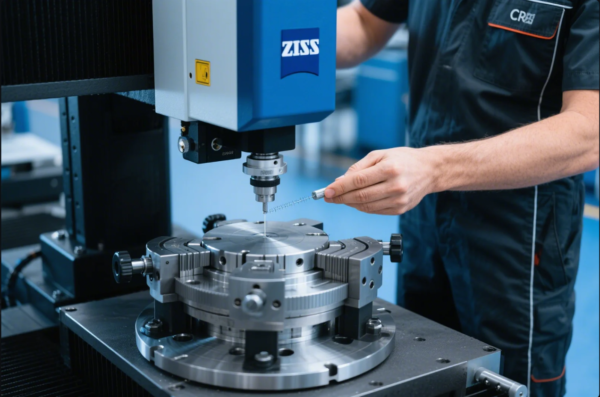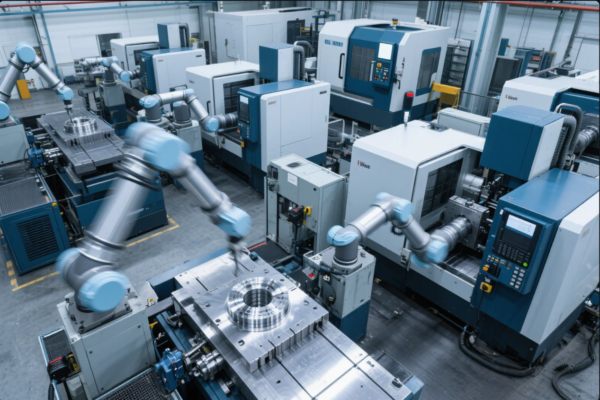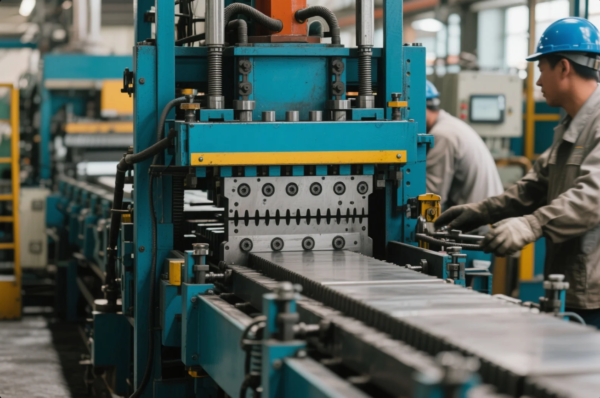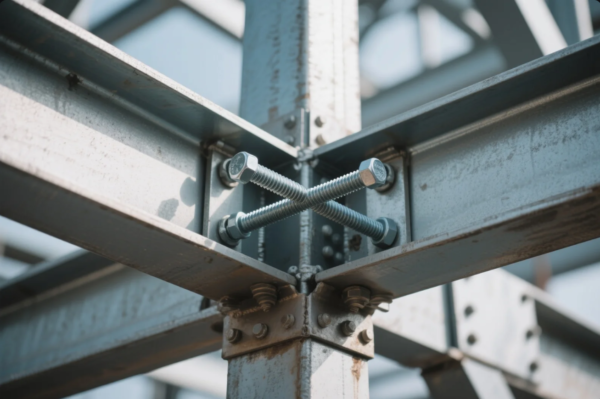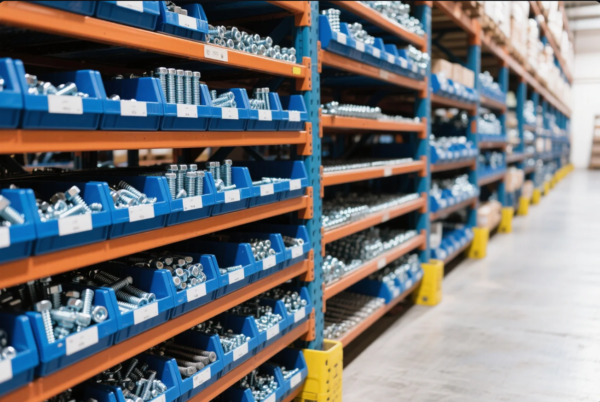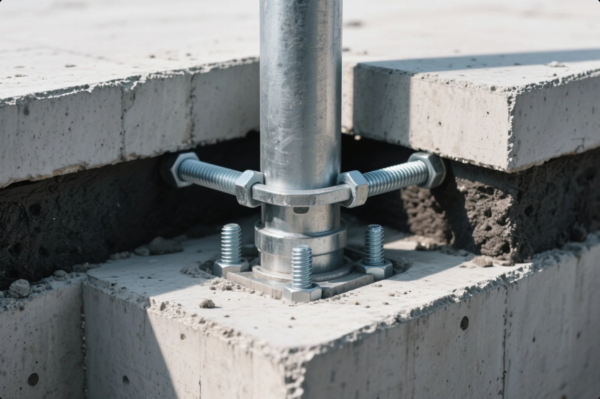How Hot Does Copper Have to Be to Forge?
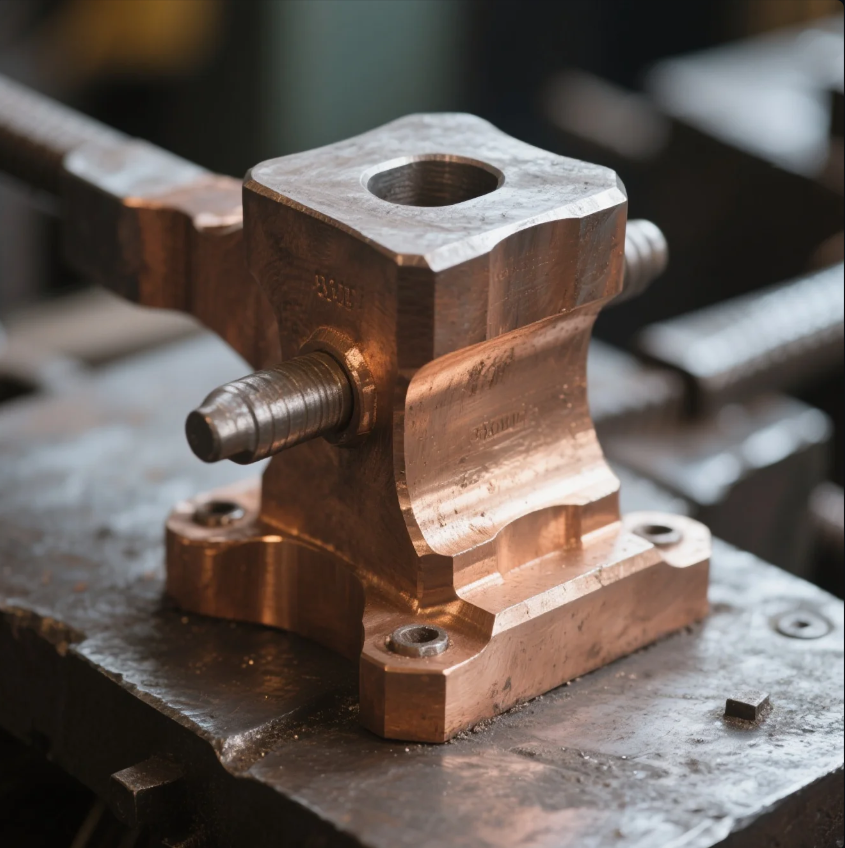
Copper is a popular metal used in various industries due to its excellent conductivity and malleability. When it comes to forging copper, understanding the correct temperature is crucial to ensure the metal is both workable and maintains its properties. In this article, we’ll explore the ideal temperatures for forging copper, how hot it needs to be to smelt, and whether copper can be hammered into shape.
Snippet paragraph: Copper requires a temperature of around 1,700°F (927°C) to be properly forged, making it more malleable than many other metals.
Let’s take a closer look at how hot copper needs to be for various processes, from forging to smelting.
What Temperature to Forge Copper?
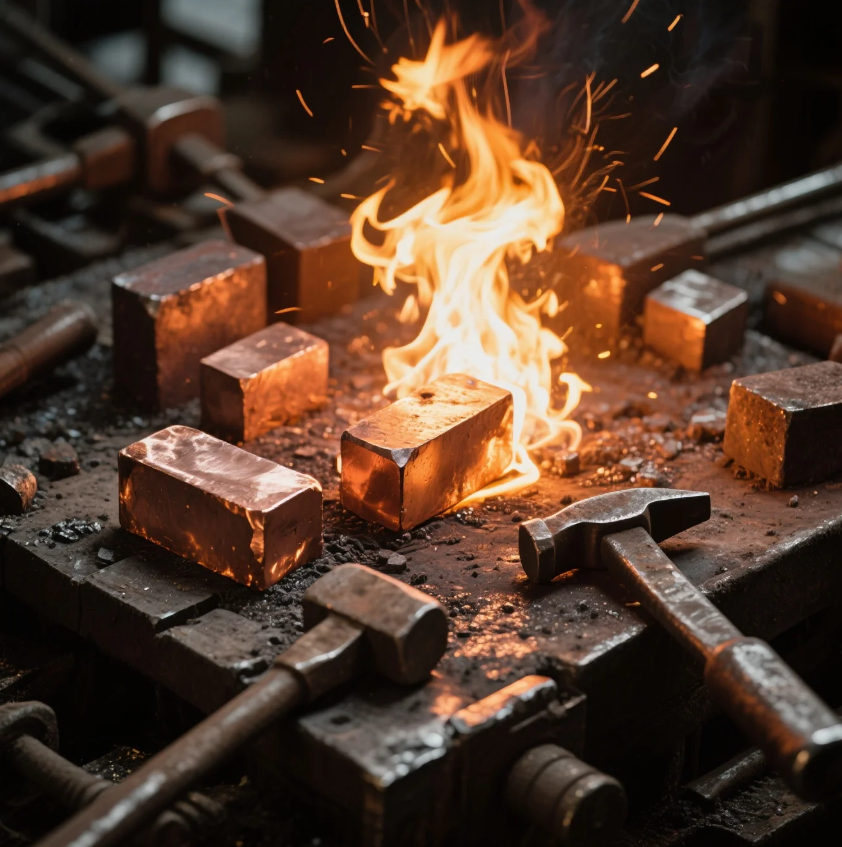
To forge copper, it should be heated to approximately 1,700°F (927°C). At this temperature, copper becomes highly malleable and can be shaped with ease. Unlike steel, which requires higher temperatures to forge, copper’s lower melting point allows it to be forged at relatively lower heat.
Ideal Forging Temperature for Copper:
- Copper Forging: Around 1,700°F (927°C) is the typical target temperature for forging copper. This is hot enough to allow the metal to be easily shaped without compromising its structure.
- Working with Copper Alloys: If you're working with copper alloys, such as bronze or brass, the forging temperatures might vary slightly depending on the specific alloy. These alloys can often be forged at temperatures ranging from 1,700°F to 1,900°F (927°C to 1,038°C).
At these temperatures, copper becomes soft enough to be shaped without risking damage or loss of its key properties like conductivity.
How Hot Does It Have to Be to Smelt Copper?
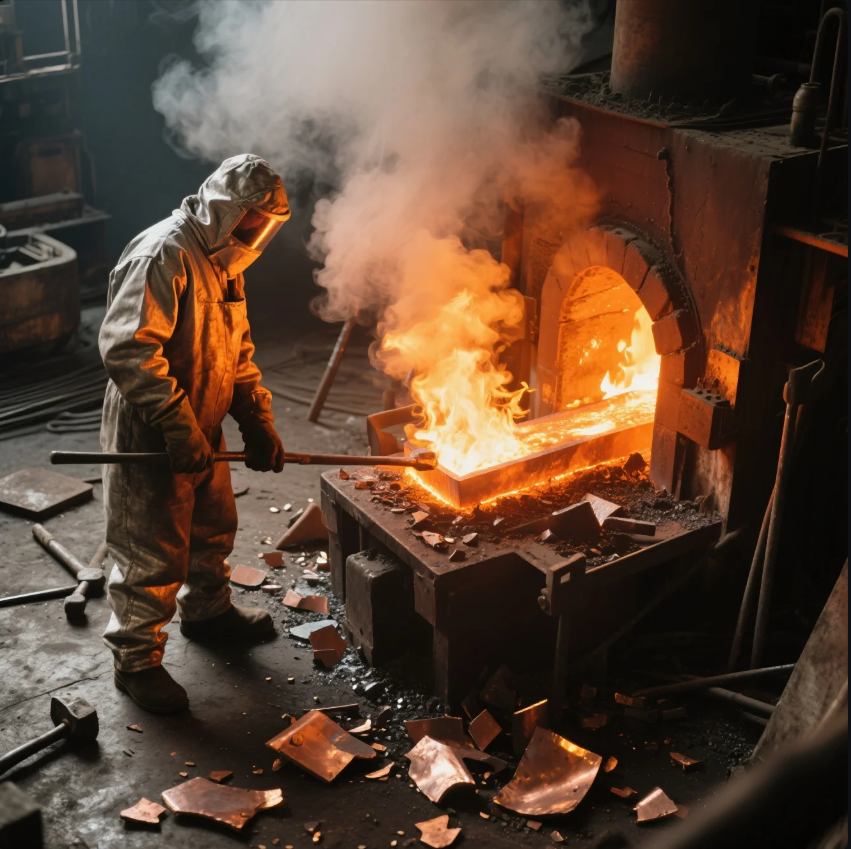
To smelt copper, you need significantly higher temperatures than for forging. Copper’s melting point is around 1,984°F (1,085°C), so a furnace or high-heat environment must exceed this temperature to melt and extract copper from ore.
Smelting Copper:
- Smelting Temperature: Copper needs to be heated to 1,984°F (1,085°C) to reach its melting point.
- Furnaces and Heat Sources: A smelting furnace, like an induction or electric arc furnace, can easily reach the necessary temperatures for smelting copper. The process involves heating the copper ore to its melting point, where it can be separated from impurities.
Smelting copper is a more energy-intensive process than forging, as it requires temperatures well above the typical forging range to turn the metal into a liquid.
What is the Temperature Range for Forging?
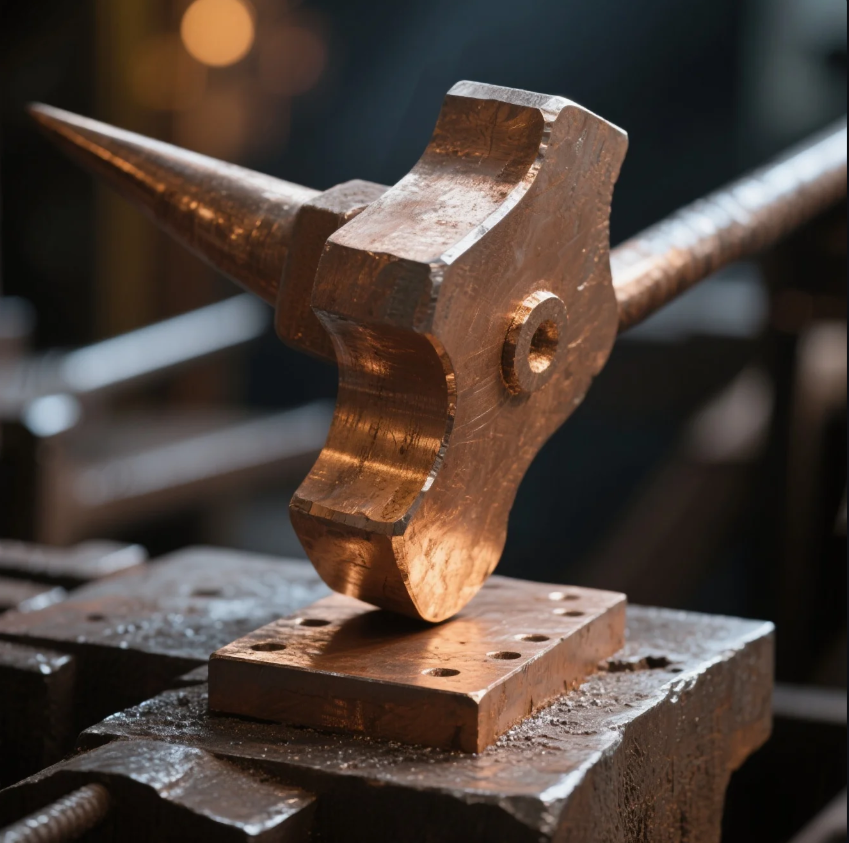
The temperature range for forging depends on the material being worked with. For metals like copper, the temperature typically ranges from 1,700°F to 1,900°F (927°C to 1,038°C). However, different metals have different ideal forging temperatures.
Common Forging Temperatures for Various Metals:
- Copper: Around 1,700°F (927°C).
- Steel: Steel is generally forged at temperatures between 1,300°F and 2,200°F (700°C to 1,200°C), depending on the type of steel.
- Aluminum: Aluminum is usually forged at lower temperatures, around 700°F to 900°F (371°C to 482°C).
- Titanium: Titanium requires temperatures between 1,600°F and 2,200°F (871°C to 1,204°C) for effective forging.
The temperature for forging any metal is primarily determined by its melting point and malleability at high heat.
Can You Hammer Forge Copper?

Yes, you can hammer forge copper. Copper is an excellent metal for hammer forging due to its malleability and relatively low forging temperature compared to other metals like steel. When heated to around 1,700°F (927°C), copper becomes soft enough to be shaped by hammering, making it a versatile material for creating intricate designs and forms.
Hammer Forging Copper:
- Malleability: Copper’s ductility allows it to be hammered into shape without cracking or breaking, as long as it is heated sufficiently.
- Tools: Traditional forging tools, such as hammers, anvils, and tongs, can be used to shape copper. Additionally, copper is often hammered into sheets or used to create rods, pipes, and artistic pieces.
Hammer forging copper can create beautiful, durable items such as jewelry, decorative elements, and tools that take advantage of the metal's unique properties.
Conclusion
Copper needs to be heated to around 1,700°F (927°C) to forge it effectively, making it one of the easier metals to work with due to its relatively low forging temperature. Copper alloys may require slightly higher temperatures, but for most applications, heating the metal to this temperature will allow you to shape it efficiently. Copper’s low melting point makes it suitable for many different forging and hammering processes. Whether you're creating functional parts or decorative metalwork, copper’s malleability and conductivity make it a valuable material for blacksmiths and metalworkers alike. For high-quality forged copper parts, contact Prime for expert craftsmanship and tailored solutions.

